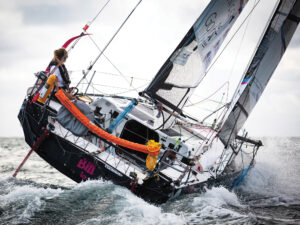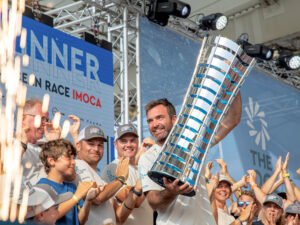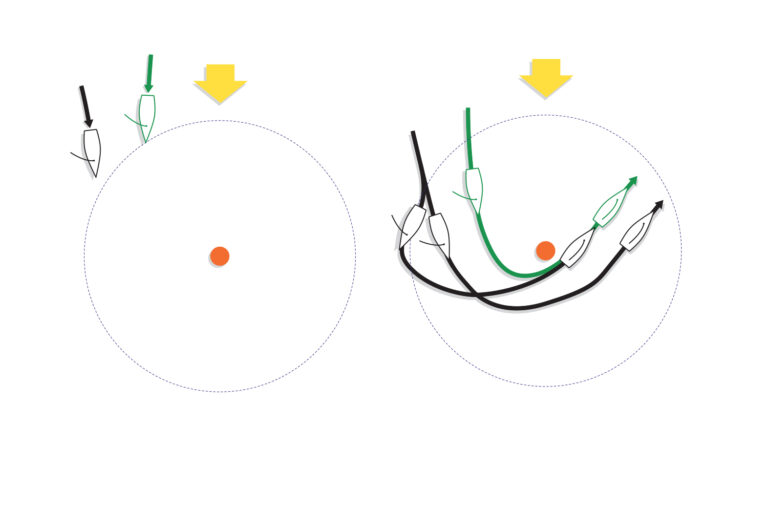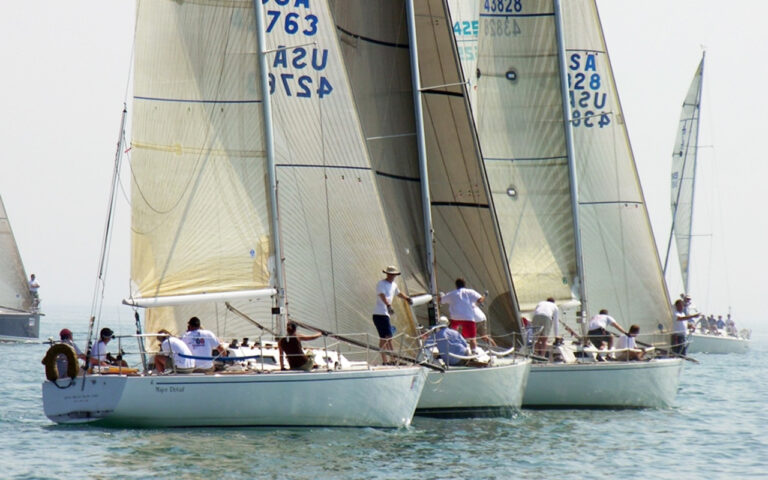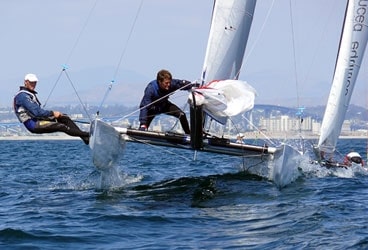
071112 First Beat Tornado
A few years ago I was having a casual conversation with a few people about the Olympic classes and which ones should be in and which should be out. One of them, a former Olympian still heavily involved with the U.S. Olympic effort, said, “Well, I’m a [the Olympic class he’d been sailing for a long time]-guy, so I’m always going to pull for [that] class.”It may seem like a rather innocuous statement. But it summarizes everything you need to know about the process ISAF uses to chose the Olympic classes. It’s solely about self interest.
For those of you who aren’t familiar with the Olympic classes selection process, here’s a quick summary. Five years before an Olympics, ISAF officials will gather at the organization’s annual conference to decide the events for the upcoming games. A year later, they’ll pick the actual boats that will be sailed.
This year’s event selection process, conducted at the recently concluded ISAF Annual Conference in Estoril, Portugal, was particularly interesting because the International Olympic Committee had instructed ISAF that it needed to go from 11 events (which is the number for Qingdao next summer) to 10.
Ostensibly, the process of deciding the events and then, a year later, the classes, allows the ISAF Council, which votes on the final decisions in both cases, to choose a slate of sailing events that best represents the sport. However, in practice it doesn’t work this way at all. Each event is closely tied to a specific class. The Men’s Heavyweight Dinghy is the Finn. The Men’s Two-Person High Performance Dinghy is the 49er, and so forth. Separating an standing Olympic class from its event is about as difficult as taking down a South American dictator. Discounting the revolving door for the sailboard events, no standing Olympic class has been detached from its event since the Tempest replaced the Star for the 1976 Games in Montreal and Kingston, Canada; an experiment which lasted for one cycle. The events have simply come and gone.
So when an event needs to be eliminated–which was the case for the Olympics in 1996 and 2004–the result is a high-stakes game of musical chairs with each class simultaneously scrambling for allies and searching for a weaker class to pick on. Finding this weaker class is tricky as the most logical classes to cut are often the ones with the most powerful lobby, i.e. the most number of members on the council with fond memories of sailing in this class when they were younger. If the IOC applied similar logic, Kickball and Hide-and-Seek would be Olympic sports.
In the selection process for the 1996 Games, the FD class was confident the Finn would be replaced by the Laser. Now FD might as well stand for Forgotten Dutchman. During the selection process for 2004 Games, the Soling class thought that being the only match-racing class in the Games would keep it in the mix. So-long Soling.
This year’s unsuspecting victim was the Tornado. Though I don’t know exactly how the class approached the vote, I’m sure they felt the multihull spot was fairly secure. After all, multihulls represent a big part of the sport of sailing. It seems logical to have them represented in the Olympics. Ahh, logic, that would be nice, wouldn’t it?
To get some insight into how dysfunctional this process is, consider this chain of events. The Women’s Sailing Committee recommended four women’s classes to the Events Committee: Windsurfer, One-Person Dinghy, Two-Person Dinghy, Keelboat Match-Racing. The Events Committee took one look at that recommendation and threw it out the window–as much as it could, classes like the one-person dinghy were complete locks–forwarding a slate to the Council that was devoid of any keelboat events and included high performance dinghy spots for men and women. The Council, in turn, decided to ignore this advice, and ditched the women’s high performance dinghy and the multihull in favor of keelboats for men and women, with the women match racing.
Now I don’t claim to know the inner workings of the ISAF Council, I was six time zones away during the meeting, but I know that the powerful lobby of the venerable Star class played a key role in both getting the men’s keelboat back on the docket and making the men’s keelboat event fleet racing rather than match racing. The logic of having the women match race and the men fleet race is beyond me, especially when the only viable professional sailing circuit involves men’s match racing. Of course, you can’t solely blame the Star sailors (or former Star sailors as the case may be). Why is the Men’s 470 still around since the 49er is clearly a more evolved dinghy and is also targeted at smaller sailors? And let’s not even get started on the Finn.
The bottom line is the 2012 Olympics in London could be the first without a multihull since 1972. Talk about a step backwards. I’m not even a multihull guy, having done one cat regatta in my life (though I will say it was one of the best events I ever did), but I know that an Olympic regatta without a catamaran is a travesty. Instead of promoting the excitement and speed of the Tornado we’ll be trotting out designs from the first half of the previous century. On the plus side, there’s no need to have a sailing section at the Olympic Museum in Lausanne, Switzerland. Just send people to the 2012 regatta in Weymouth, England.

